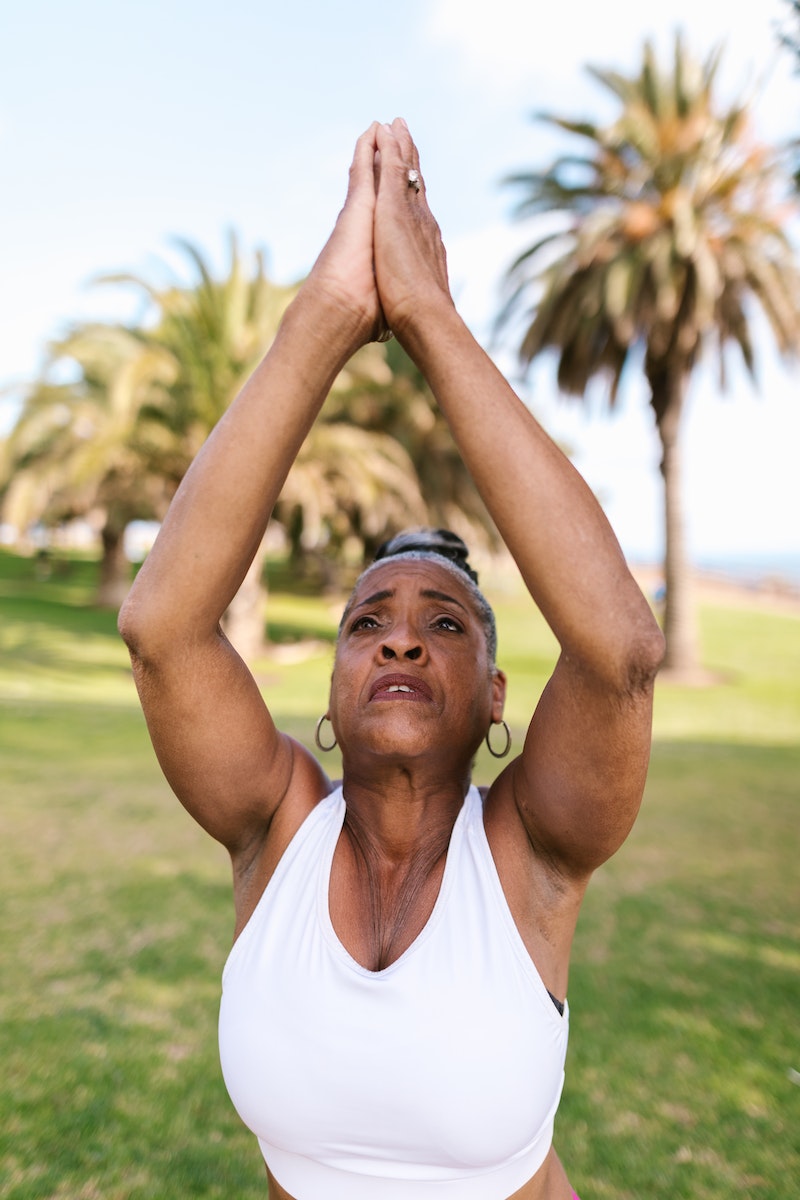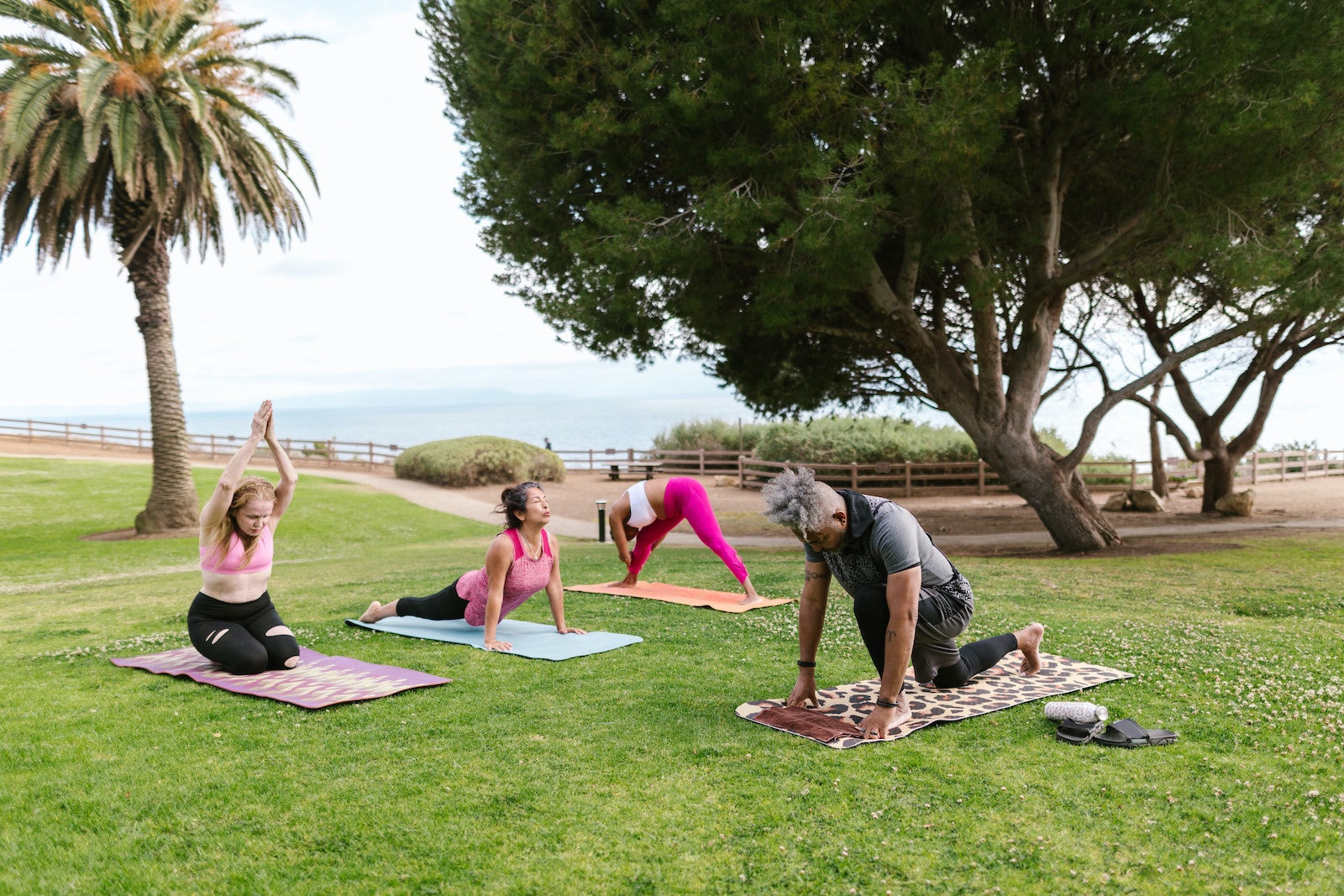Yoga, an ancient practice, has gained immense popularity in recent years due to its numerous physical and mental health benefits. One of the key elements of yoga practice is asanas, or yoga poses, which are designed to promote flexibility, strength, and relaxation. In this article, we will explore the building blocks of wellness through the benefits of basic asanas.
Introduction to Asanas
Asanas are the physical postures practiced in yoga. They are often referred to as yoga poses and are performed with precision, control, and breath awareness. Asanas help in harmonizing the body, mind, and spirit, leading to overall well-being. Let’s delve into the benefits of some basic asanas:
1. Tadasana (Mountain Pose)
Tadasana, also known as the Mountain Pose, is the foundation of all standing poses. It promotes proper posture, strengthens the legs, and improves overall body alignment. This asana helps in grounding and centering the mind, promoting a sense of stability.
Benefits of Tadasana:
- Improves posture and body alignment: Tadasana helps in correcting poor posture by aligning the spine, shoulders, and hips. It promotes an upright posture, reducing the risk of back pain and musculoskeletal imbalances.
- Strengthens the legs, knees, and ankles: By standing tall in Tadasana, you engage the muscles in your legs, knees, and ankles, which helps in building strength and stability in these areas.
- Increases awareness of breath and body: Tadasana encourages conscious breathing and body awareness. By focusing on your breath and the sensations in your body, you cultivate mindfulness and presence.
- Calms the mind and reduces stress: The stillness and grounding nature of Tadasana have a calming effect on the mind. It helps in reducing stress, anxiety, and nervousness, promoting a sense of peace and tranquility.
2. Adho Mukha Svanasana (Downward-Facing Dog)
Adho Mukha Svanasana, commonly known as Downward-Facing Dog, is a rejuvenating pose that stretches and strengthens multiple muscle groups. It improves blood circulation, energizes the body, and relieves tension in the back and shoulders.
Benefits of Adho Mukha Svanasana:
- Stretches and strengthens the entire body: Downward-Facing Dog is a full-body stretch that targets the hamstrings, calves, shoulders, and back. It helps in increasing flexibility and building strength in these areas.
- Increases blood flow to the brain, improving concentration: The inverted position of the head in this pose promotes blood flow to the brain, improving focus, concentration, and mental clarity.
- Relieves back pain and strengthens the back muscles: By elongating the spine and opening up the chest, Adho Mukha Svanasana helps in relieving back pain and strengthening the muscles of the upper and lower back.
- Calms the nervous system and reduces anxiety: The elongation and extension of the spine in this pose activate the parasympathetic nervous system, promoting relaxation and reducing anxiety and stress.
3. Bhujangasana (Cobra Pose)
Bhujangasana, or Cobra Pose, is a gentle backbend that opens the chest, strengthens the spine, and improves flexibility. It stimulates the digestive organs, enhances metabolism, and promotes a sense of vitality.
Benefits of Bhujangasana:
- Strengthens the back muscles and improves posture: By lifting the chest and arching the back, Cobra Pose strengthens the muscles of the back, including the erector spinae. It helps in improving posture and reducing the risk of back pain.
- Stretches the chest, shoulders, and abdomen: Bhujangasana opens up the chest, stretching the muscles of the chest, shoulders, and abdomen. It helps in relieving tension and tightness in these areas.
- Stimulates the digestive organs and improves digestion: The gentle compression of the abdominal region in Cobra Pose stimulates the digestive organs, promoting better digestion and relieving constipation.
- Elevates mood and reduces fatigue: Backbends, such as Bhujangasana, stimulate the release of endorphins and promote blood circulation, which can elevate mood and reduce fatigue.
4. Vrikshasana (Tree Pose)
Vrikshasana, also known as Tree Pose, is a balancing asana that improves focus, concentration, and stability. It strengthens the legs, ankles, and core muscles, while also stretching the hips and inner thighs.
Benefits of Vrikshasana:
- Enhances focus and concentration: Tree Pose requires focus and concentration to maintain balance. By practicing this pose, you cultivate mental clarity and improve your ability to concentrate.
- Improves balance and stability: Standing on one leg in Vrikshasana challenges your balance and stability. Regular practice helps in improving proprioception and overall balance.
- Strengthens the legs, ankles, and core muscles: The weight-bearing nature of Tree Pose strengthens the muscles in the legs, ankles, and core. It helps in building stability and strength in these areas.
- Stretches the hips, inner thighs, and groin: By externally rotating the hip of the lifted leg, Vrikshasana stretches the muscles of the hips, inner thighs, and groin, promoting flexibility and relieving tension in these areas.
5. Savasana (Corpse Pose)
Savasana is the final relaxation pose in yoga practice. It allows the body and mind to fully relax and integrate the benefits of the preceding asanas. Savasana promotes deep relaxation, reduces stress, and rejuvenates the entire system.
Benefits of Savasana:
- Induces deep relaxation and reduces stress: Savasana is a pose of complete surrender and relaxation. It helps in releasing physical and mental tension, inducing a state of deep relaxation and calmness.
- Lowers blood pressure and heart rate: The relaxation response elicited by Savasana helps in lowering blood pressure and heart rate, promoting cardiovascular health and reducing the risk of hypertension.
- Promotes mental clarity and improves focus: By allowing the mind to settle and become still, Savasana promotes mental clarity, improves focus, and enhances cognitive function.
- Enhances overall well-being and rejuvenation: The deep relaxation and integration of the benefits of the preceding asanas in Savasana promote overall well-being, rejuvenation, and a sense of inner peace.
Conclusion
Basic asanas serve as the building blocks of wellness in yoga practice. They offer a wide range of physical, mental, and emotional benefits. By incorporating these asanas into your daily routine, you can experience positive transformations in your overall well-being. Remember to practice with awareness, listen to your body, and enjoy the journey towards enhanced wellness.
This article has been written in Markdown format. Markdown is a lightweight markup language that allows easy formatting and conversion to various formats, such as HTML.
FAQ
- What are asanas?
- Asanas are the physical postures practiced in yoga. They are often referred to as yoga poses and are performed with precision, control, and breath awareness.
- What are the benefits of Tadasana (Mountain Pose)?
- Tadasana improves posture and body alignment, strengthens the legs, knees, and ankles, increases awareness of breath and body, and calms the mind and reduces stress.
- What are the benefits of Adho Mukha Svanasana (Downward-Facing Dog)?
- Adho Mukha Svanasana stretches and strengthens the entire body, increases blood flow to the brain improving concentration, relieves back pain and strengthens the back muscles, and calms the nervous system and reduces anxiety.
- What are the benefits of Vrikshasana (Tree Pose)?
- Vrikshasana enhances focus and concentration, improves balance and stability, strengthens the legs, ankles, and core muscles, and stretches the hips, inner thighs, and groin.









